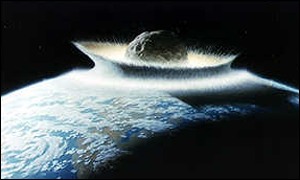|
|
Ukupno su 1024 korisnika na forumu :: 59 registrovanih, 2 sakrivenih i 963 gosta :: [ Administrator ] [ Supermoderator ] [ Moderator ] :: Detaljnije Najviše korisnika na forumu ikad bilo je 3466 - dana 01 Jun 2021 17:07 - Korisnici koji su trenutno na forumu:
- Korisnici trenutno na forumu: 4channer, Anndjelaa, Apok, Boris BM, Bozur, branko7, brause, Chainsaw, Cicumile, Clouseau, coaaco, d bos, dak2, doktor097, Dukelander, Dzoni2412, eagle.rs, Electron, EVIDENTICAR, EXIT78, g_g, ginjica, Gogi do, GveX, iceburn, jerome75, jimi_agf, krkalon, M74AB3, mercedesamg, mikidragi, Mrav Obrad, NMNJ, nnovakis, oddsock, oldtimer, ostoja, panzerwaffe, precan, PrincipL, raptorsi, raykan, repac, royst33, saki80, samsung, Sarmat, sedan, sluga, Sonic, Srna, stegonosa, Tvrtko I, ujke, Vladoj, Vlajman1957, yufighter, zvomar, 2001
|














